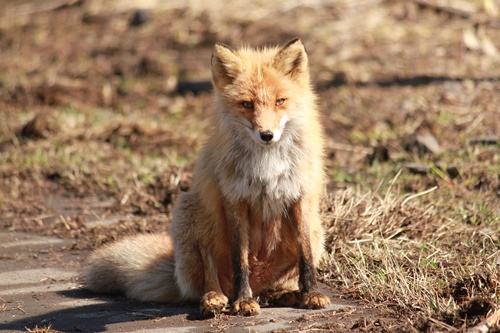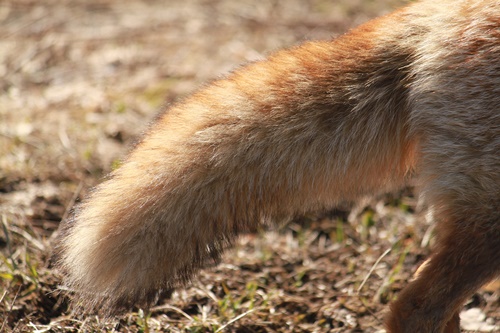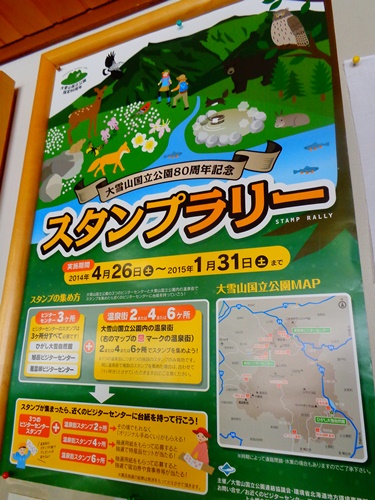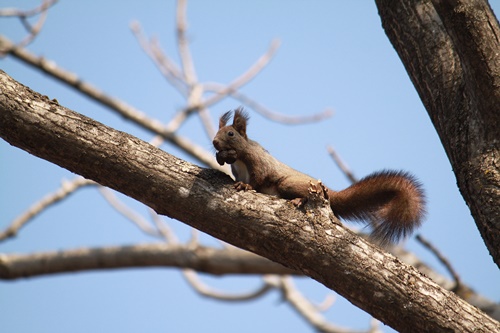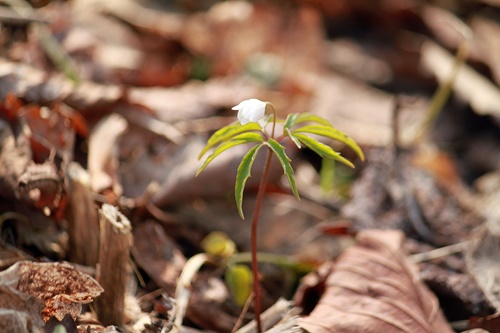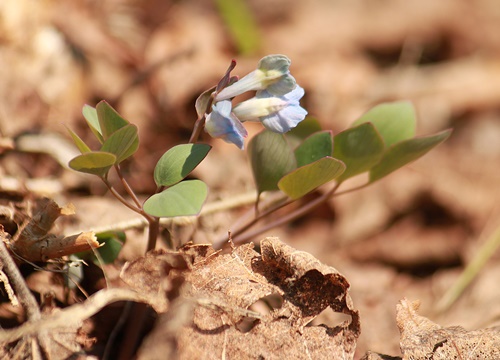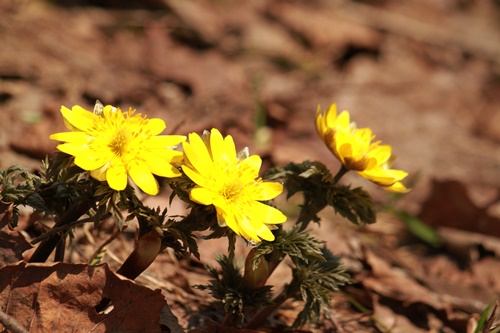I recently encountered yet another Vulpes vulpes schrencki.
Usually when we meet, the fox bolts off. But, surprisingly, this one came trotting toward me.
The encounter happened while I was in a car. The fox came up and sat right in front of me. I opened the window and took a photo. And as soon as I did the fox came right up to my window.
Foxes are not like monkeys, so I did not expect it to attack me. Still, I did feel a slight bit of fear.
I closed the window and drove away, but the fox followed. “Hmm… This is a fox that is accustomed to people,” I thought.
Judging from its appearance, I guessed that it was still a juvenile and had probably just separated from its parent last year. Obviously it could not capture prey on its own and had become used to being fed by humans.
In a way, I wanted to say “Well done!” to it for managing to survive the severe winter, but then again…
Visitors, please; never feed the wildlife.
I should add that the fox had a bushy tail.
Photos: Vulpes vulpes schrencki at Sounkyo Apr. 29
Usually when we meet, the fox bolts off. But, surprisingly, this one came trotting toward me.
The encounter happened while I was in a car. The fox came up and sat right in front of me. I opened the window and took a photo. And as soon as I did the fox came right up to my window.
Foxes are not like monkeys, so I did not expect it to attack me. Still, I did feel a slight bit of fear.
I closed the window and drove away, but the fox followed. “Hmm… This is a fox that is accustomed to people,” I thought.
Judging from its appearance, I guessed that it was still a juvenile and had probably just separated from its parent last year. Obviously it could not capture prey on its own and had become used to being fed by humans.
In a way, I wanted to say “Well done!” to it for managing to survive the severe winter, but then again…
Visitors, please; never feed the wildlife.
I should add that the fox had a bushy tail.
Photos: Vulpes vulpes schrencki at Sounkyo Apr. 29
